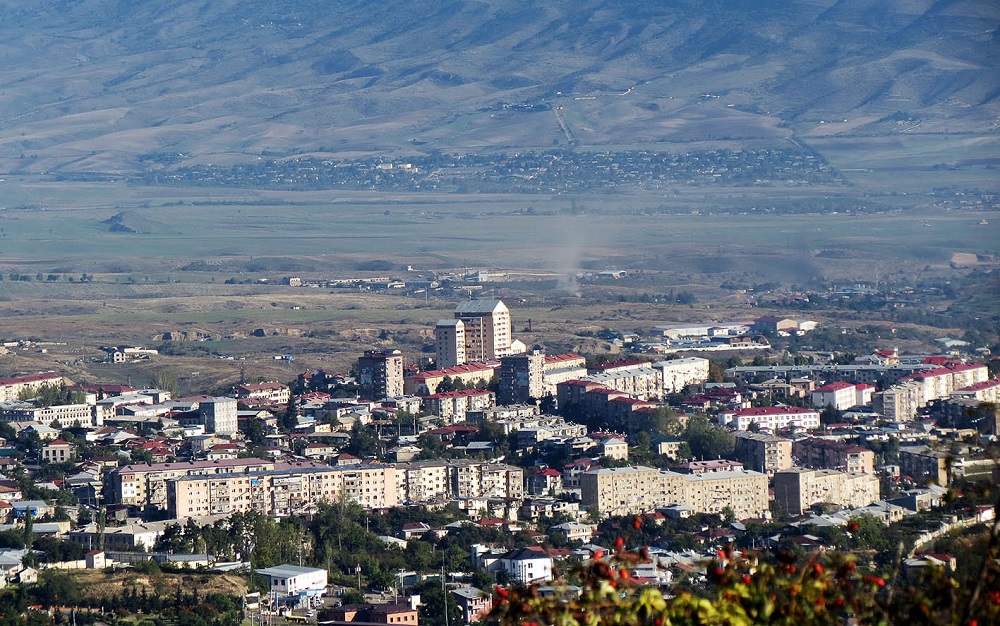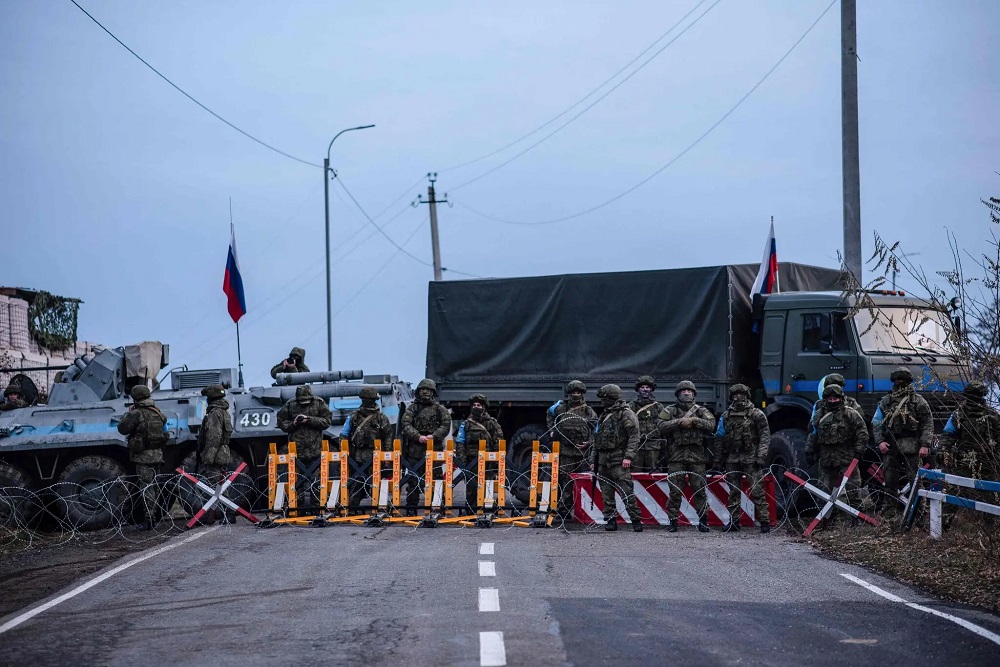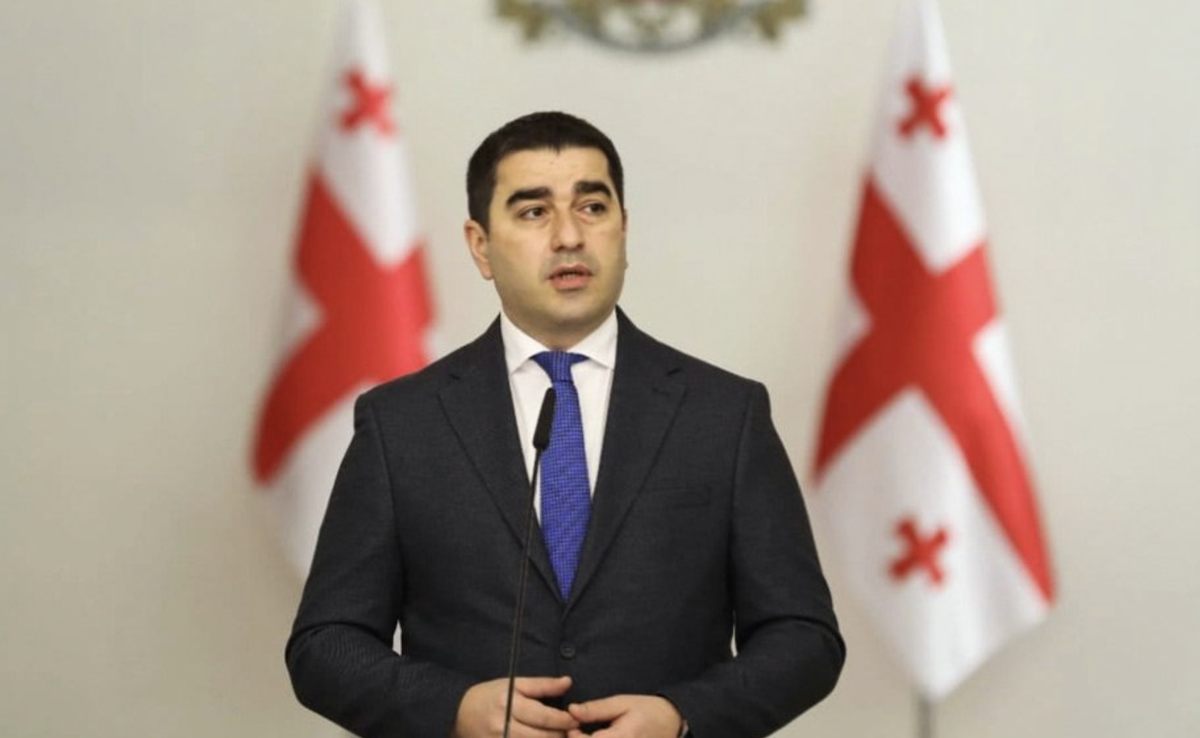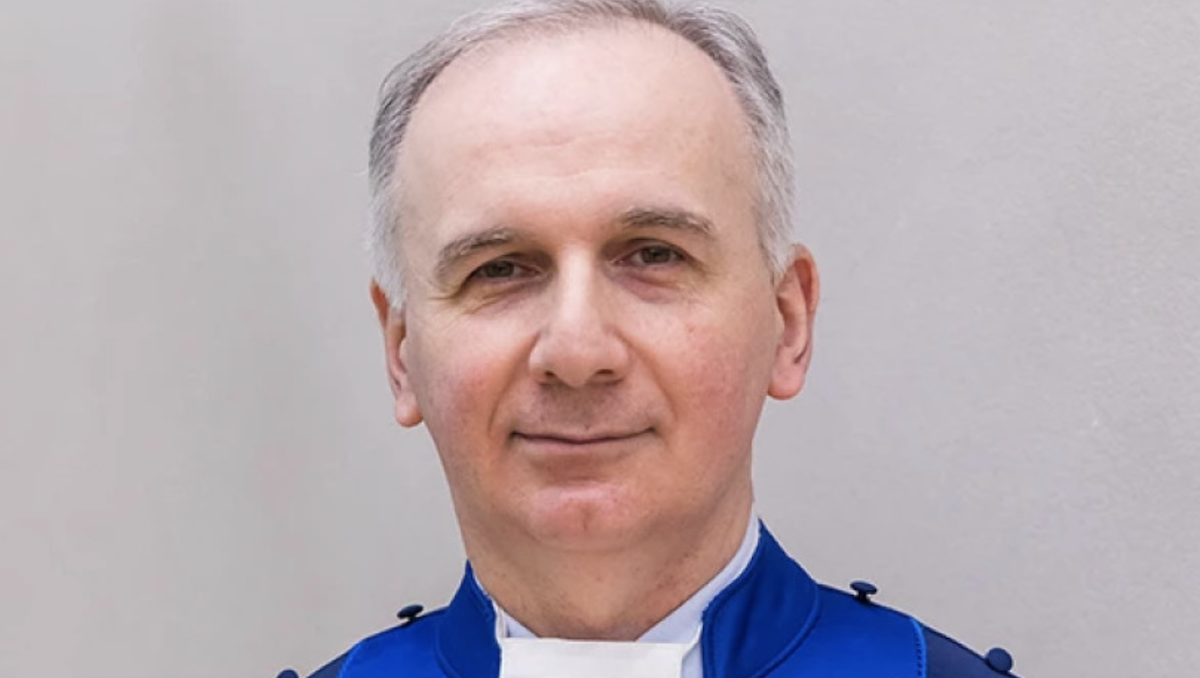"The Vardanyan Project has intensified the controversy.” Analysis from Baku
The “Vardanyan Project”
State Minister of the unrecognized NKR Ruben Vardanyan continues to be in the spotlight on the issue of resolving the Karabakh conflict in Azerbaijan. The “Vardanyan Project has intensified the contradictions in the already complicated relations between Armenia and Russia,” political scientist Farhad Mammadov believes.
- Georgian opposition to start large-scale protest on February 24
- “The only country with closed borders” – Quarantine extended in Azerbaijan
- Are former defense ministers being persecuted in Armenia? Opinion of opposition and expert
Information has spread in the Azerbaijani media about Ruben Vardanyan’s possible resignation, and may be announced on February 23 by the president of the self-proclaimed republic, Arayik Harutyunyan.
So far this information has not been confirmed.
The expert community in Azerbaijan tends to link the end of the protest on the Lachin road and the start of negotiations between Baku and Khankendi with the possible resignation of Vardanyan.
Did the “Vardanyan project” achieve its goals?
“For half a year now, Russia has been involved in the “Vardanyan project. We will try to figure out to what extent the “project” achieved its goals and what situation has developed as a result,” Azerbaijani political scientist Farhad Mammadov says.
In his opinion, this “project” pursued several goals:
- “After the Washington Document, it became clear that there was a division of the negotiation track into an interstate track and between Baku and the Armenians of Karabakh. Vardanyan was supposed to become the main negotiator from the Armenians of Karabakh and to ensure the interests of Russia.
- to increase the subjectivity of the Armenians of Karabakh – to create obstacles in the process of reintegration of Armenians.
- to increase the consolidation of the Armenians of Karabakh and thereby the level of resistance – the imposition of intransigence into public opinion, the creation of hope.
- internationalization of the theme of the Armenians of Karabakh – interaction with the media.
- ensuring the generation of financial resources “on the ground” – reducing dependence on the budgetary funds of Armenia, that is, on Pashinyan.
- create an obstacle to the withdrawal of the remnants of the Armenian Armed Forces from Karabakh.
- ensure the success of the “project” for its further development in Armenia”.
What goals have been achieved?
“There has been an internationalization of the topic of the Armenians of Karabakh, and consolidation of the Armenian diaspora and the patrons of Armenia about this.
However, this internationalization did not become the basis for the imposition of sanctions on Azerbaijan, the negotiation process continues, and the main negotiators – the United States, Russia, the EU – continue to participate in the negotiation process,” Mammadov said.
How did Azerbaijan use the “Vardanyan project”?
Mammadov asserts that Azerbaijan reacted to the “implementation of the Vardanyan project”, while simultaneously taking steps to level costs, taking action on the ground and at the political and diplomatic level. “The Vardanyan project accelerated the actions of Baku”:
- “The environmental action on the Lachin road stopped the transport of mines, weapons and personnel of the Armenian Armed Forces to Karabakh.
- The operation of the mines has stopped – any illegal economic activity has stopped, that is, the generation of financial resources has stopped. The Armenians of Karabakh at this stage became completely dependent on handouts from Yerevan, that is, Pashinyan.
- Azerbaijan did not negotiate with Vardanyan; on the contrary, it put forward a demand for his resignation. General Volkov could not slip him in as a negotiator.
- Azerbaijan demonstrated to the West, in particular the US, that the demand for a dialogue with the Armenians of Karabakh led to the “Vardanyan project”, and if this demand is fundamental, then the success of the “Vardanyan project” can also spread to Armenia. The peace treaty process became a priority.
- The eco-action actualized the topic of the checkpoint, and this proposal has already been made in Munich, and not to Russia, but to the leadership of Armenia. The mode of operation, which was before December 12, will not be. It was not necessary to cross the “red lines” of Baku, so that Baku would cross the “red lines” of Moscow.
- Instead of consolidation, it turned out to be internal discord both among the Armenians of Karabakh and in Armenia itself. Vardanyan notes “internal resistance” in his posts.
- Vardanyan, as a “symbol of resistance”, dealt the biggest blow to the hopes of the Armenians of Karabakh, at least until his appearance, the Armenians of Karabakh did not use coupons and moved freely along the road.
- The support infrastructures of Karabakh have failed, and their connection to Azerbaijani infrastructures is not far off – only memories will remain of the subjectivity of the Armenians of Karabakh. The level of resistance of the Armenians of Karabakh will have no grounds after the formalization of the withdrawal/destruction of the remnants of the Armenian Armed Forces and the future departure/arrest of Vardanyan.”
The “project” becomes toxic for Russia itself
The “Vardanyan Project” has intensified the contradictions in the already complicated relations between Armenia and Russia,” the political scientist added.
According to Mammadov, the “project” is becoming toxic for Russia itself, as the process is getting out of control even in the zone of the RCC in Azerbaijan, and the only real exclusivity of the RCC on the Lachin road is blurred and has the prospect of institutional consolidation in the form of a checkpoint.





















